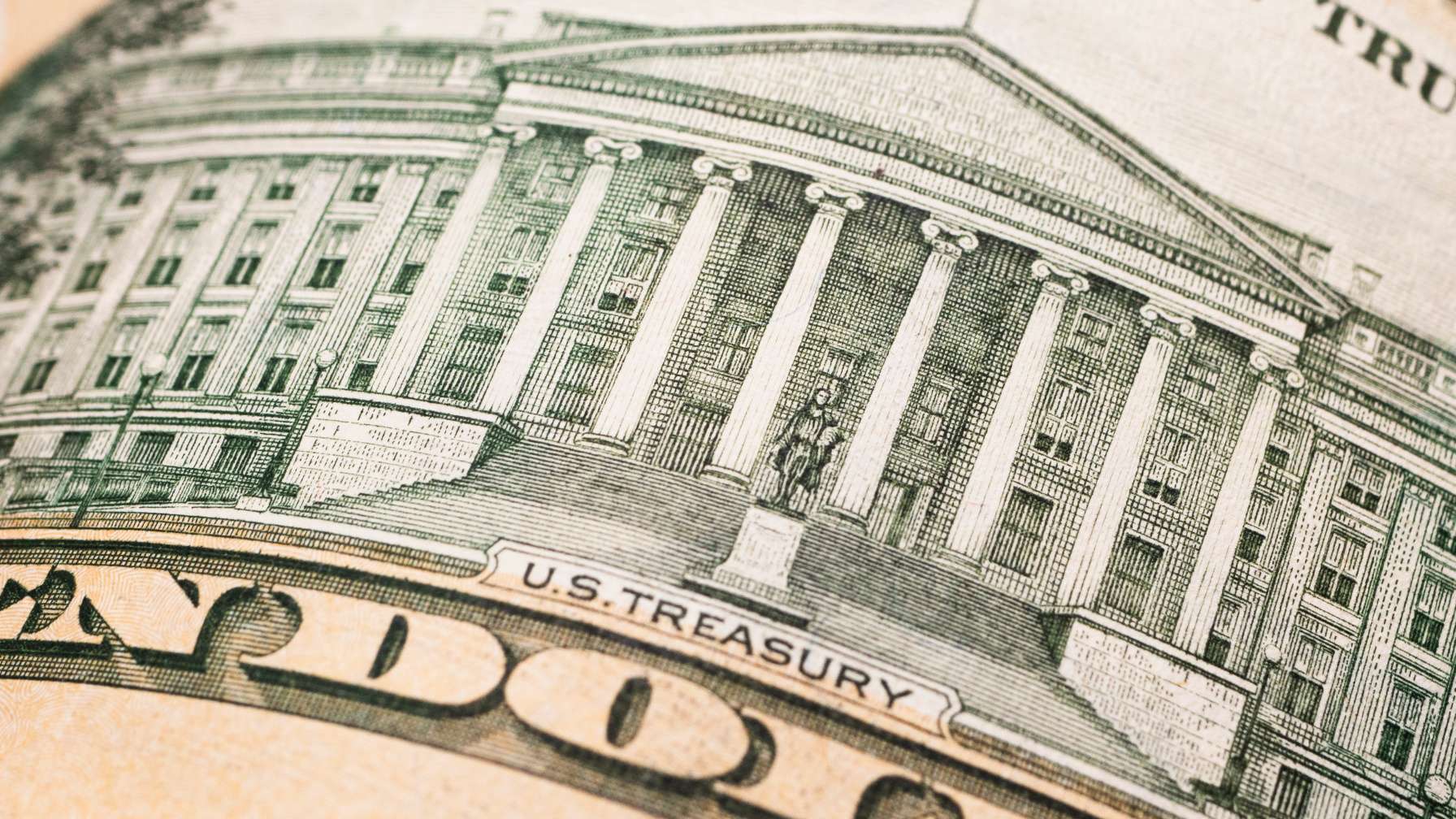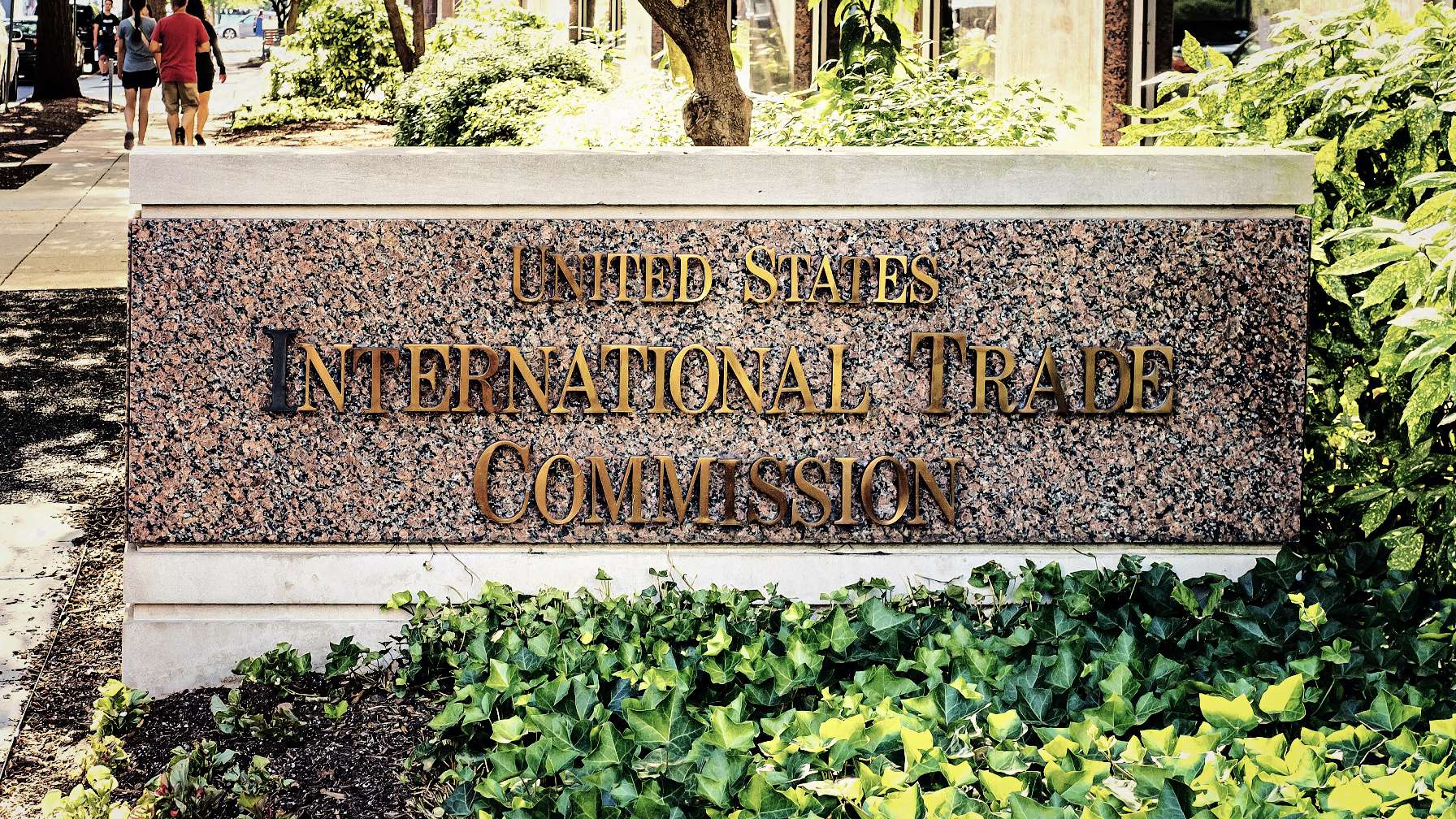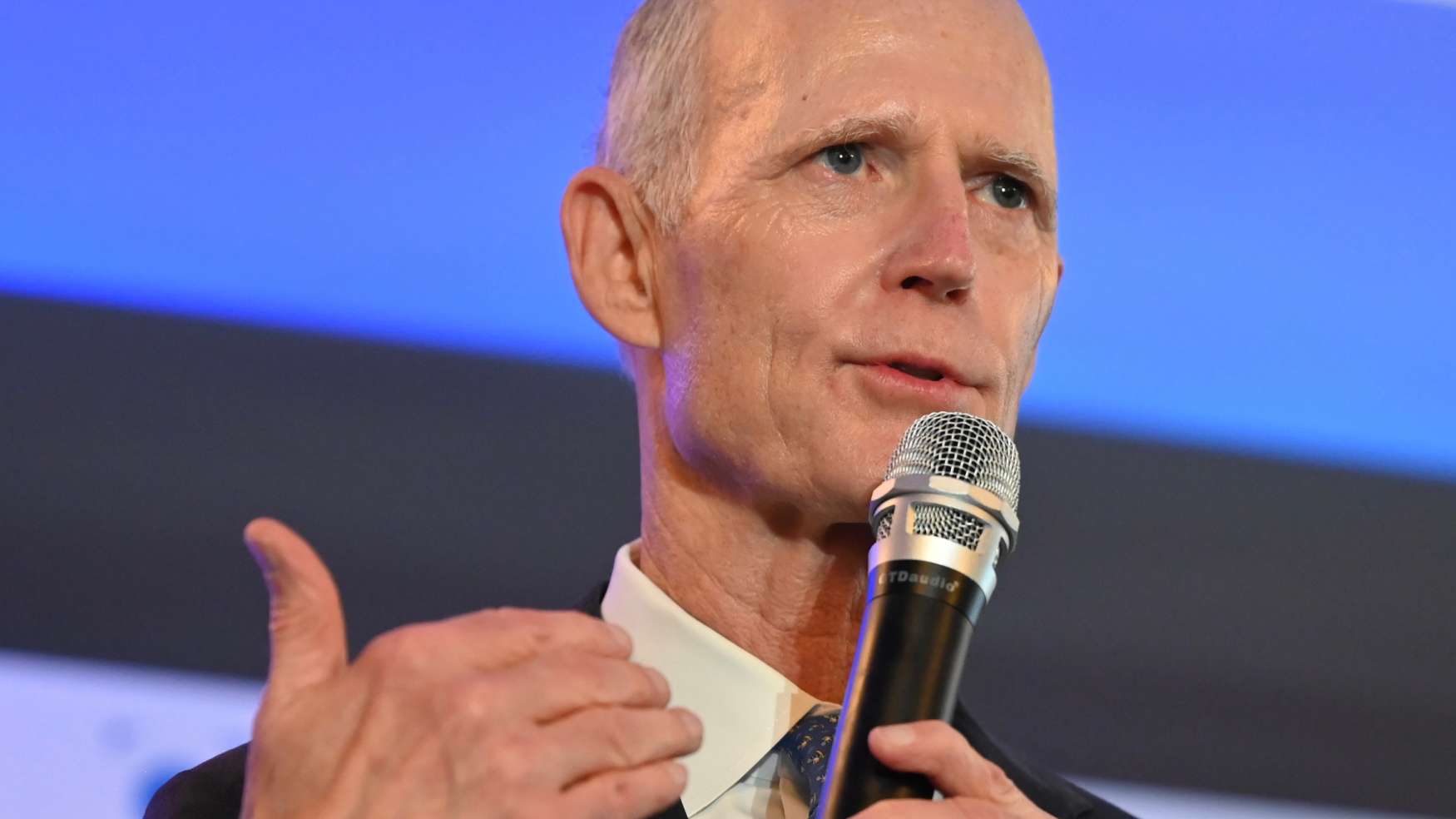Editor’s note: Matt Klein of Barrons doubles down in supporting the Baldwin/Hawley market access charge bill that CPA helped generate.
In last week’s column I discussed an intriguing idea to have the Federal Reserve move the U.S. current account into balance by levying a “market access charge” on foreign purchases of American assets. Some readers took issue with aspects of my arguments.
[Matthew C. Klein | August 15, 2019 | Barrons]
The proposed legislation, introduced by Sens. Tammy Baldwin (D., Wis.) and Josh Hawley (R., Mo.), is a response to two interrelated problems. First, people in the rest of the world collectively produce more than they need. The resulting glut is mirrored by the persistent U.S. trade deficit, as foreign output displaces domestic production. Second, foreign demand for dollar-denominated investments consistently exceeds the ability of the U.S. economy to productively absorb the resulting financial inflows. Since we have no need for foreign money, it gets wasted on boondoggles. American financiers have satisfied foreign demand by increasing national indebtedness, most notably during the mortgage bubble of 2002-06, when trillions of dollars of toxic debts were packaged and sold to European investors.
As I noted in the column, the ideal solution would be for people in the rest of the world, particularly Europe and East Asia, to spend more on themselves. That would simultaneously relieve Americans of the burden of absorbing the glut of excess foreign production and the burden of absorbing the glut of excess foreign saving. At a time of low inflation, low interest rates, and ample spare capacity, the rest of the world’s failure to consume what it produces is economically equivalent to leaving money on the table. Everyone—in the U.S. and in other countries—is poorer as a result.
If that is not an option, however, it would be reasonable for Americans to address their domestic problems unilaterally.
Discouraging foreigners from buying American assets, as the proposed legislation would likely do, would have several salutary effects.
Most obviously, it would cheapen the U.S. dollar. By raising the dollar prices of imports and lowering the foreign prices of American exports, lowering the exchange rate mechanically forces U.S. production to rise relative to U.S. spending, which will necessarily shrink the trade deficit. (Depreciating the dollar also raises the income earned by Americans on their foreign assets while lowering the dividend and interest payments made to foreigners.) This is why, as I noted in the column, there has long been a reliable relationship between changes in the value of the dollar and changes in the U.S. current account balance.
Trading PatternsThe U.S. current account balance shows a clear relationship with changes in the realvalue of the dollar.
Real trade-weighted U.S. dollarCurrent account balance (inverted)1980’85’90’952000’05’10’15-3-2-10123
The necessary corollary is that lifting American incomes relative to spending would reduce Americans’ borrowing needs. Consumers would face less pressure to take out debt to sustain their living standards, the government budget deficit would contract thanks to rising tax revenue and falling spending on safety net programs, and companies would enjoy higher free cash flow.
More generally, lower foreign demand for U.S. assets should reduce financiers’ incentives to create those assets. That should reduce the risk of damaging bubbles and improve the overall stability of the U.S. economy.
Some readers disagreed with different parts of this argument. Here is a brief attempt to address the main objections.
• The first objection was that this policy would be bad for poor countries. Those countries have good reason to accumulate emergency savings in U.S. dollars because they cannot always pay for needed imports in their own currency. (Countries may also say they want to accumulate reserves to cover their debt-service obligations, but this is ultimately a concern about the ability to pay for imports. Otherwise they would just default.)
This is a reasonable concern, but there are ways around it for most countries. The U.S. government can reduce the need for poor countries to take “self-insurance” by promising to extend emergency loans as needed during crises—essentially what the Fed did in 2008, with a formal institutional structure. That should be sufficient for most countries.
• Another objection was that U.S. domestic production cannot rise sufficiently to match domestic spending, which means the proposed policy would force the current account into balance by lowering spending, thereby reducing current living standards.
This is unlikely. Remember that the current gap between U.S. national income and national spending is currently worth about 2.5% of gross domestic product. Gradually shrinking that deficit over five years by boosting production should not be that difficult.
For context, the U.S. manufacturing sector has been running at just 75% of capacity since the middle of 2012. This is, by far, the lowest sustained level outside of an acute recession. Current levels are comparable to the weakness in the early 2000s and the severe recession of 1974-75.

The low unemployment rate is not a serious constraint. After all, manufacturing is much less labor-intensive than in the past. Moreover, there are still plenty of workers to draw upon if needed. The share of Americans of working age with a job, while much higher than it was a few years ago, remains depressedcompared to the late 1990s. All of this is reflected in the prices of manufactured goods, which despite the recent tariffs, continue to fall.

• Some believe that the U.S. economy can’t survive without foreign money and that Americans actively seek out financing from abroad to sustain domestic spending. In this view, the market access charge would simply prevent Americans from being able to afford imports.
There is an easy way to test this, however: Look at how U.S. asset prices react to changes in the current account balance. If Americans were trying to pull money in, U.S. asset prices would drop (expected returns would rise) as the financing need grew larger. In other words, a bigger current account deficit would systematically correspond with higher real interest rates, lower equity multiples, lower real-estate prices, and a cheaper dollar. This is more or less what has happened to recent crisis countries such as Argentina and Turkey.
Yet this is not what Americans have experienced. The real trade-weighted U.S. dollar was no cheaper in 2006, when the current account deficit was worth 6% of GDP, than it was in 1997, when the current account was roughly in balance. Similarly, risky asset prices were far higher while real interest rates were lower. Today, the dollar and risky asset valuations are at multi-year highs while real yields are approaching all-time lows.
All this suggests that Americans are passive recipients of foreign financial inflows more than anything else. If Americans exported more, which would be easier to do with a cheaper currency, it would not be difficult to afford required imports while still running a balanced trade account.
• Finally, there are some who take the opposite approach and argue that a market access charge would be bad for the U.S. because it would lower U.S. asset prices.
This is partly right: The policy, if it works, would lower the prices of U.S. assets priced in foreign currencies. It is not clear why the market access charge would lower the prices of U.S. assets in dollars, however. In fact, it could raise the dollar value of U.S. equities by improving the profit outlook for American companies. House prices might be depressed to the extent foreign investors leave the market, but that negative would likely be more than offset by the impact of higher employment and faster income growth. Interest rates might go up, but that would be a reflection of improved growth prospects more than anything else.
There may be good objections to the market access charge. It is certainly not the ideal solution to the problems the world faces. But so far I’ve not heard a compelling alternative or argument against.
Read the original article here.













